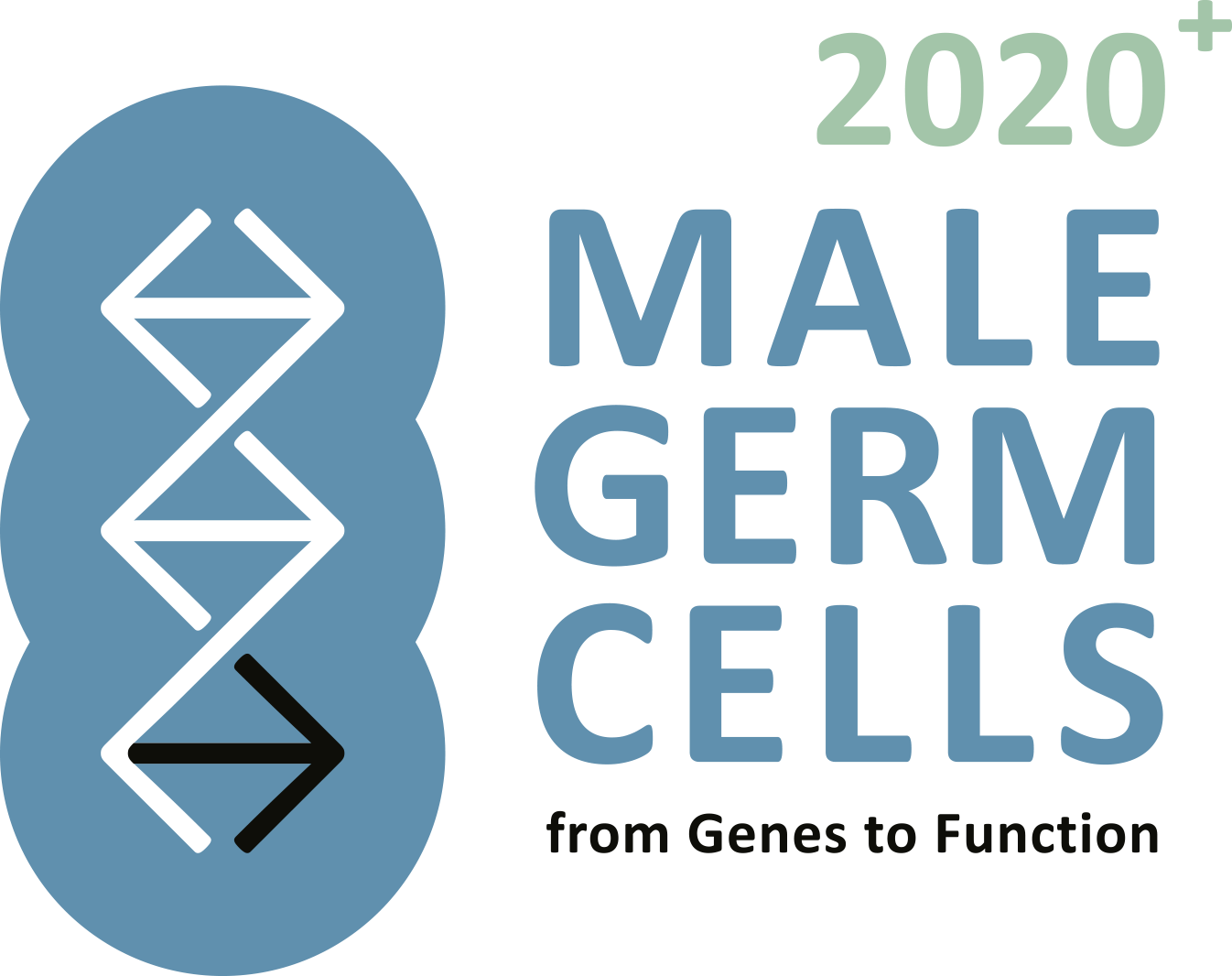P4: The germ cell epigenome and transcriptome in normal and impaired spermatogenesis
P4 becomes P6 in the CRU renewal application 2020+.
Nina Neuhaus (neé Kossack), Centre of Reproductive Medicine and Andrology (CeRA) (Homepage)
Bernhard Horsthemke, Institute of Human Genetics, Essen (Homepage)
Epigenetically aberrant subpopulations of sperm have recently been unveiled in patients with impaired semen parameters (oligoasthenoteratozoospermia, OAT). The origin, extent and reproductive consequences of these alterations are largely unknown. In adult men, sperm are produced from the spermatogonial stem cells, which originate from primordial germ cells. Primordial germ cells undergo erasure of DNA methylation, which allows the establishment of male germ cell-specific DNA methylation profiles during later stages of gametogenesis. Defects in epigenetic reprogramming in the mouse germline have been shown to result in precocious germ cell differentiation and ultimately in adult testes devoid of germ cells, providing a direct link between aberrant DNA methylation in early germ cells and male infertility later in life. Based on current data, we hypothesize that the epigenetic mosaicism observed in sperm from OAT patients is a reflection of an epigenetically heterogeneous population of spermatogonia and is associated with aberrant transcriptional profiles.
In this project we will determine and analyse the methylome of human spermatogonia and sperm as well as the transcriptome of spermatogonia from OAT patients and normal men (normozoospermic and with qualitatively normal spermatogenesis). The data sets will be compared with data from male embryonal stem cells, primordial stem cells and advanced germ cells. Differentially methylated regions will be functionally annotated and analysed at single molecule resolution by deep bisulfite sequencing. Low-methylated regions are of special interest, because they appear to be enriched for gene-regulatory elements and are prime candidates for investigating epigenetic mosaicism. Genes found to be differentially expressed in spermatogonia from patients with qualitatively normal spermatogenesis and OAT will be analyzed in single cells to detect cellular heterogeneity at the transcriptional level. In an integrative analysis, DNA methylation differences will be correlated with the expression differences of the DMR target genes.
The identification of epigenomic and transcriptomic aberrations in impaired spermatogenesis will serve as a basis for the establishment of an epigenetic atlas for male infertility and possibly for the development of novel diagnostic tests.


